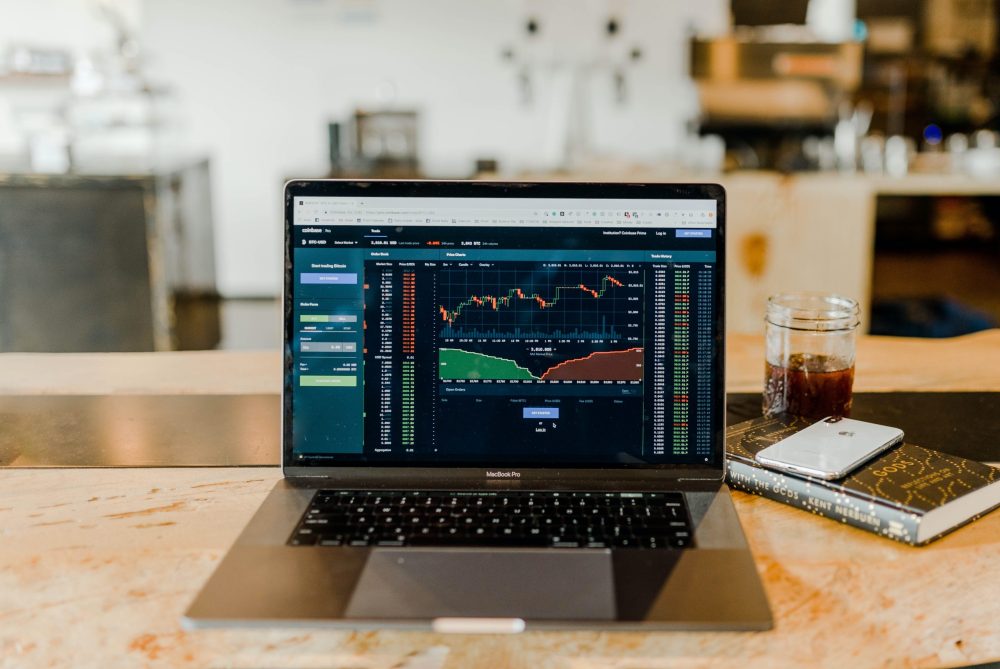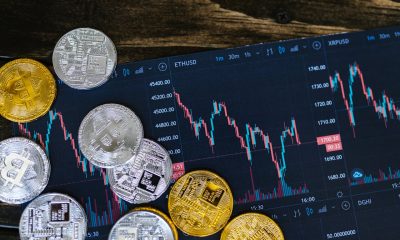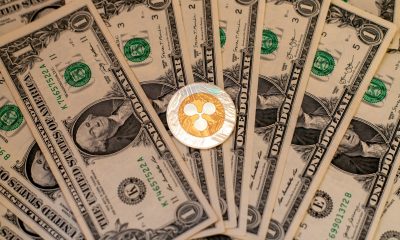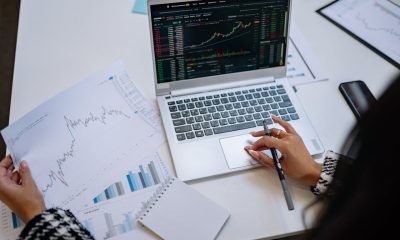Business
A Pause Like Nonother in Rate Hikes
The last time the Fed paused hiking the FFR anywhere near 5.25% was not coincidentally during the prelude to the Great Recession & Financial Crisis, which began in December of 2007. But as mentioned, the market still was able to rally for another year. However, this time around, the Fed is pausing with a quantitative tightening program in place, a significantly inverted yield curve, among others.

The Bank of Canada paused its rate hiking cycle in January but then hiked rates at its last meeting. The Royal Bank of Australia paused in April but then had to start rate hikes again in June. The Fed also paused at its June meeting or at least skipped a rate hike. This was the case even though core inflation rose 0.4% month over month from April to May and was still up 5.3% from a year ago.
While temporarily pausing rate hikes in June, Jerome Powell also indicated that there would be two more rate hikes this year. The Fed’s dot plot shows the terminal rate is now 5.6% by the end of 2023 and will be reduced to only 4.6% by the end of 2024 instead of the 4.3% predicted at the last meeting. So, if Powell is now trying to convey to the market that the Fed is leaning more hawkish, then why pause rate hikes at all?
But that well-anticipated pause, which has already helped boost equity prices so far this year, is now predicted to bring another rally in the equity market, much like previous Fed pauses. In fact, there was a recent Tweet from Steno research and Bloomberg titled: Fed pause = Melt up. And, that indeed has been true most times in the past. For example, the Fed paused rate hikes in June of 2006, and the equity market did not top out until the late summer of 2007–for a gain of 20%.
This was true even though the global economy was careening towards the worst financial crisis since the Great Depression. Of course, the Pavlovian Pigs on Wall Street are trying to convince investors that Fed pauses will always equal an equity market rally–and this time around will be business as usual. But let us not keep our eyes closed to what is materially different this time around as opposed to previous periods when the Fed Funds Rate (FFR) reached a substantial apex.
The last time the Fed paused hiking the FFR anywhere near 5.25% was not coincidentally during the prelude to the Great Recession & Financial Crisis, which began in December of 2007. But as mentioned, the market still was able to rally for another year.
However, this time around, the Fed is pausing with a quantitative tightening program in place, a significantly inverted yield curve, the Index of Leading Economic Indicators is crashing along with the National Federation of Independent Business Optimism Index, the Institute for Supply Management’s Manufacturing Index is in contraction territory, the M2 money supply is plunging, the net percentage of banks tightening lending standards is soaring, commodity prices are falling, and we are in the middle of an earnings recession now as well.
None of those conditions were in place during the 2006 rate hikes pause.
Here are some important details about those vital indicators:
An inverted yield curve is one of the most reliable recession indicators. In June of 2006, the yield curve was inverted by just 1 bp; today, it is inverted by 90 bps—the most in over 40 years. The Index of Leading Economic Indicators was barely below zero in ’06. It is now down by a negative 6%. The NFIB small business optimism index was around 100 in ’06. Now it is at the recessionary figure of 89.4.
The ISM Manufacturing sector’s diffusion index is currently 46.9, which is below the expansion/contraction line of 50. This diffusion index was in expansionary territory back in June of ’06. The M2 money supply is now contracting for the first time in modern history. It is down 4.6% from last year. Of course, during 2006, the money supply was increasing.
The net percentage of banks tightening lending standards back in June of ’06 was -12.3%, meaning most banks were loosening lending standards back then. Today, 46% of banks are tightening lending standards. Weak demand for goods, as represented by the CRB Index, is down 15% year-over-year.
In contrast, commodities were up 20% from June 2005 thru June 2006. Finally, we now have two consecutive quarters of an earnings decline in S&P 500 stocks. Whereas earnings were growing by 14% back in 2006.
In other words, the economy was much stronger back in 2006 when the Fed paused rate hikes at 5.25% than it is today
Therefore, that should significantly shorten the timeframe between when the pause occurs and when the economic recession begins. Instead of having a brief EPS recession that rebounds sharply in the coming quarters, as is predicted by Wall Street, the current mild EPS recession should morph into a full-blown plunge soon and last longer than anticipated. That means this very narrow stock market rally should falter in the near term.
Now, I know some of you are frustrated that asset prices have not collapsed yet in 2022—I am surprised too. I guess that happens when the M2 money supply surges by 42% in two years and the Fed prints $400 billion during two weeks in March to bail out the banking system. It just takes more time for those consumers and businesses to eat through that savings cushion.
Nevertheless, the facts are clear that the economy is heading for a recession and not a soft landing.
From March 2000 through the fall of 2002, the NASDAQ lost 83% of its value. However, during that timeframe, the Nasdaq had four rallies that ranged between 28% and 49%. Markets do not move in a linear fashion and getting caught up in chasing those rallies were lethal to your financial future. Patience should be well rewarded this time around as well.
__
(Featured image by Austin Distel via Unsplash)
DISCLAIMER: This article was written by a third party contributor and does not reflect the opinion of Born2Invest, its management, staff or its associates. Please review our disclaimer for more information.This article may include forward-looking statements. These forward-looking statements generally are identified by the words “believe,” “project,” “estimate,” “become,” “plan,” “will,” and similar expressions. These forward-looking statements involve known and unknown risks as well as uncertainties, including those discussed in the following cautionary statements and elsewhere in this article and on this site. Although the Company may believe that its expectations are based on reasonable assumptions, the actual results that the Company may achieve may differ materially from any forward-looking statements, which reflect the opinions of the management of the Company only as of the date hereof. Additionally, please make sure to read these important disclosures.

-

 Biotech1 week ago
Biotech1 week agoCAR-T Therapies: From Breakthrough Cancer Treatment to Faster, Safer, and More Accessible Immunotherapy
-

 Fintech2 days ago
Fintech2 days agoPakistan’s Digital Finance Paradox: Growth, Fraud, and the Fight for Trust
-

 Crowdfunding2 weeks ago
Crowdfunding2 weeks agoCommunity Energies 2026: Funding Projects Combating Youth Loneliness
-

 Cannabis1 week ago
Cannabis1 week agoMedical Cannabis in Poland 2025: Growth, Stability, and Wider Access
























